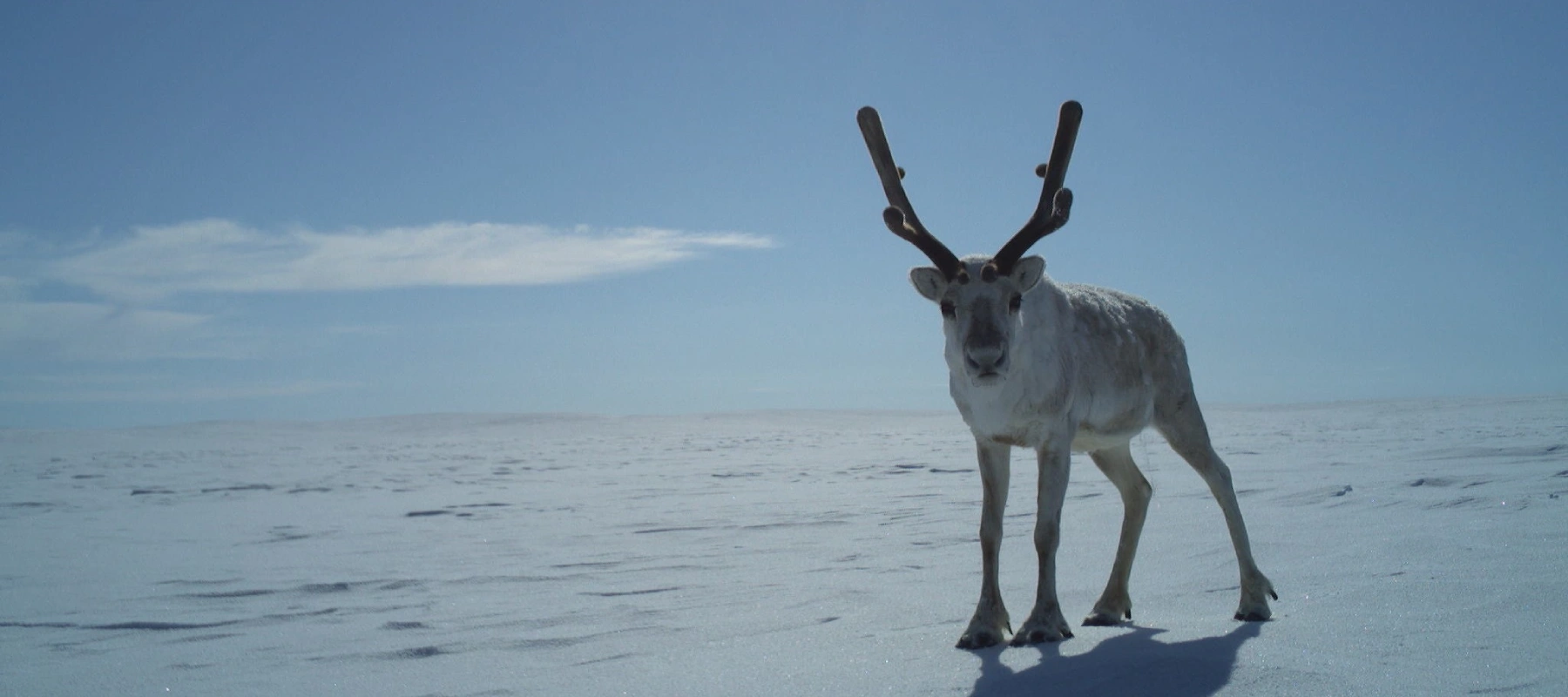De Beers has been working with six First Nation Groups to monitor the land around our Gahcho Kué mine in the Northwest Territories of Canada for the last 10 years.
We have set up a joint environmental stewardship forum called Ní Hadi Xa (NHX), along with the Deninu Kue First Nation, Lutsel K’e Dene First Nation, North Slave Métis Alliance, Northwest Territory Métis Nation, Tłı̨chǫ Government and Yellowknives Dene First Nation. ‘Ní Hadi Xa’ means ‘Watching the Land together’ in the Chipewyan language.
The forum is governed by a representative from each Indigenous group who work collaboratively with the De Beers environmental team to combine both scientific and traditional knowledge monitors. Traditional knowledge monitors research water, wildlife, plants and resources near the mine site. They collect samples, look for wildlife tracks and travel the area around the mine, hunting and fishing as they have traditionally done. They observe everything, including air, water, land and wildlife, reporting back into the communities to explain their observations and making recommendations to De Beers.
Tracking the health of one of the area’s most important creatures
This work forms a central part of our caribou monitoring programme, which is working to increase knowledge about caribou in the area. We aim to understand more about how they interact with the mine and the winter road that leads to it. Caribou have declined by 50% in the past 25 years, largely due to climate change, and yet they are a hugely significant animal, supporting the survival of the ecosystem and the local way of life.
We are working hard to not only minimise any potential effects of our operations on these animals, but also to contribute positively to the recovery of their numbers. Working with the government and the World Wildlife Federation (WWF) in Canada, we are using radio collars to track and identify which herds are using which grounds, gaining a better understanding of their ecology.
“We are in constant dialogue because we know that we are visitors to this landscape. We want to tread as lightly as we can, eventually returning the mine area to a productive and ecologically viable ecosystem. Everything we learn is information that enables De Beers in Canada to work with nature and have a light touch while contributing to conservation programs and research for these arctic species.”
Environmental and Permitting Manager
Keeping a close eye on population movements
We want to better understand how the caribou interact with traffic, so we have installed a network of 60 wildlife cameras along the126 km-long winter road. These motion-activated cameras were deployed to key locations identified using traditional knowledge. Almost anything that comes within 30 metres of the cameras will trigger the devices to take five photos, one every second.
The camera programme is paired with a weekly distance transect survey of the entire length of the road. During the distance transect survey, environment officers and the NHX environment monitor count the animals observed on both sides of the road. This survey helps enable estimations of temporal and spatial trends of caribou. The information is documented in the mine’s annual wildlife report to the Mackenzie Valley Land & Water Board and shared with NHX.


